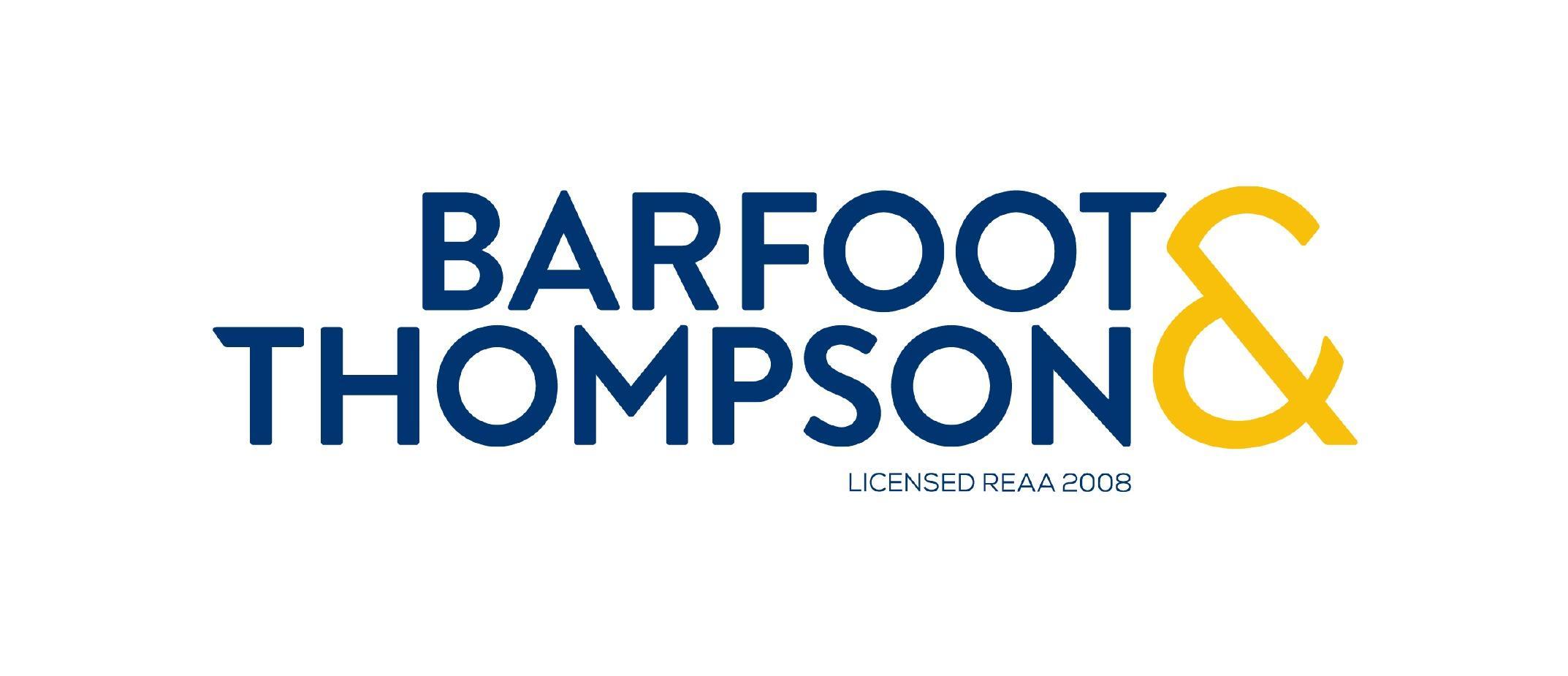At Keith Hay Homes we get asked this question on a daily basis. In truth, it’s one of the reasons we
love this job so much. Don’t get me wrong, property is a pretty rewarding game but seeing and being part of taking a property to its full potential
is something else.
As a member of APIA, you will have had access to great material for how to manage your properties, but may not have thought about developing your property
further. Why would you? For so long landlords have been able to get a decent amount of return from rents alone. But with the growing trend of increased
compliance, more and more investors are pushed to explore different ways to add value and create new income streams. What if you want to maximise returns
by adding a new dwelling? Where to from there?
A few things that we would look at to start:
Why develop when you can buy new?
When it comes to building or purchasing a dwelling in New Zealand, more specifically Auckland, a large portion of the cost is in the section and not the
build itself. Greenfield sites (i.e, empty lots) within the Auckland region can start around $350,000 and often include restrictive building covenants.
If you own a property in Auckland and you have an existing home on a site larger than 600m2, then it is highly likely that you can develop this property
further. You are not buying a new section so you are funding only the development costs. All things going to plan, you will make equity and positive
capital gains on your investment that would be a lot higher compared to buying a greenfield site with a new house or even an existing dwelling. The
average returns for this type of developments are area-specific and are typically between 6% and 10%.
Can you develop?
The Auckland Unitary Plan has dramatically increased the site potential of many properties. Now is the time for smart and determined investors to generate
better equity gains and rental returns out of existing holdings.
The 3 common zones in the Auckland region are:
- Mixed Housing Suburban: You can build up to 3 dwellings per site that are not limited on size before resource consent is required, given that all other
council requirements are met. While an empty lot can only be subdivided down to 400m2, this can go smaller if there is a dwelling going on the
new lot as long as all council requirements are met. - Mixed Housing Urban: This is similar to Mixed Housing Suburban in regards to dwellings, however, these empty lots can be subdivided down to 300m2,
but again, can go smaller if there is a dwelling going on the new lot if all council requirements are met. - Single House Zone: This zone can have one regular dwelling with the potential for an additional dwelling up to 65m2. To subdivide, each site must be
a minimum of 600m2.
While these are the 3 common zones, there are also other zones that do arise such as Rural zones, Residential Terrace Housing and Apartment zone, Business
zones etc. If your property falls under one of these zones, have a word with a planner or consultant as they often have specific council requirements.
Find your zone: https://unitaryplanmaps.aucklandcouncil.govt.nz/upviewer/
How do you develop?
If your property is located within one of the zones mentioned and you would like to explore the idea of generating a higher return on your properties,
you will need to contact a planner or home consultant who has been trained to analyse developments and sites for you, let them do the hard work!
The top 4 things that they will need to know:
- What is your goal for this development? What is the outcome you are hoping for?
- How the project will be financed. If required, have you had a word with the bank to make sure that this is achievable? Finance will need to be discussed
to ensure that the project is structured the best way for the desired outcome. - Your site address.
- Have your Certificate of Title available when possible. This is so that any potential easements or covenants can be addressed.
Development flexes different muscles for buy-and-hold investors. Your first few projects can be daunting. I would very much like to be part of your journey
in any way I can. If you would like to discuss unlocking your properties potential feel free to reach out by emailing me at [email protected].
ABOUT THE AUTHOR
Kevin Smith
Kevin Smith is a home consultant that has worked on a number of projects ranging from Greenfield developments and secondary dwellings to the entire subdivision
process. Keith Hay Homes has over 80 years of experience with projects and developments. Being regular faces at the Auckland Properties Investors Association
they are always happy to discuss investment opportunities and will be hosting some events in the not too distant future.













Add Comment